Strategies for managing pain in distance running
Part 2 of 2 – Read part 1 (here)
Written by Daniel Quin – Runner’s Tribe
Managing injury pain is really only one part of pain management in distance running. The pain of fatigue, heat, dehydration, and muscle micro-tears is a bigger daily challenge. Because pain is subjective, that is people experience the same pain differently, it means that different mental techniques can be applied to manage pain. Below I have summarised some the techniques these elite runners have described. You may prefer one strategy over another.
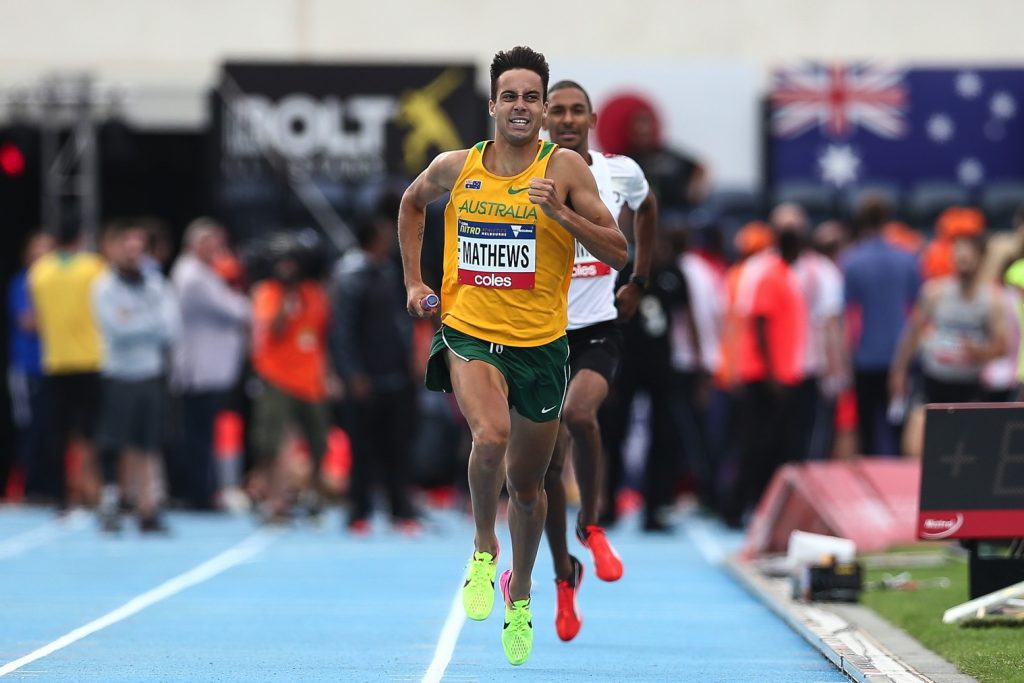
Distraction
For most people thinking about the current pain makes it worse. Ryan Hall tried to think about Jesus and his wife. Lidia Simon thought about her mum. Lorraine Moller sang to herself. I have vivid memories of lying on the physiotherapy table when I was about to receive painful dry needling. I would babble on about anything with the physiotherapist, other than what was happening to my gluteals!
Chunking
Kara Goucher clearly described how she tries to break the race down into manageable splits. Moller talked about getting to the next lamppost. Strategies such as these work because most pain in distance running is manageable for a short period. What becomes difficult is if you start thinking too far ahead. Such as, “I can’t bear another 30 minutes of this pain”. Goucher best described how she sought to control what she can control.
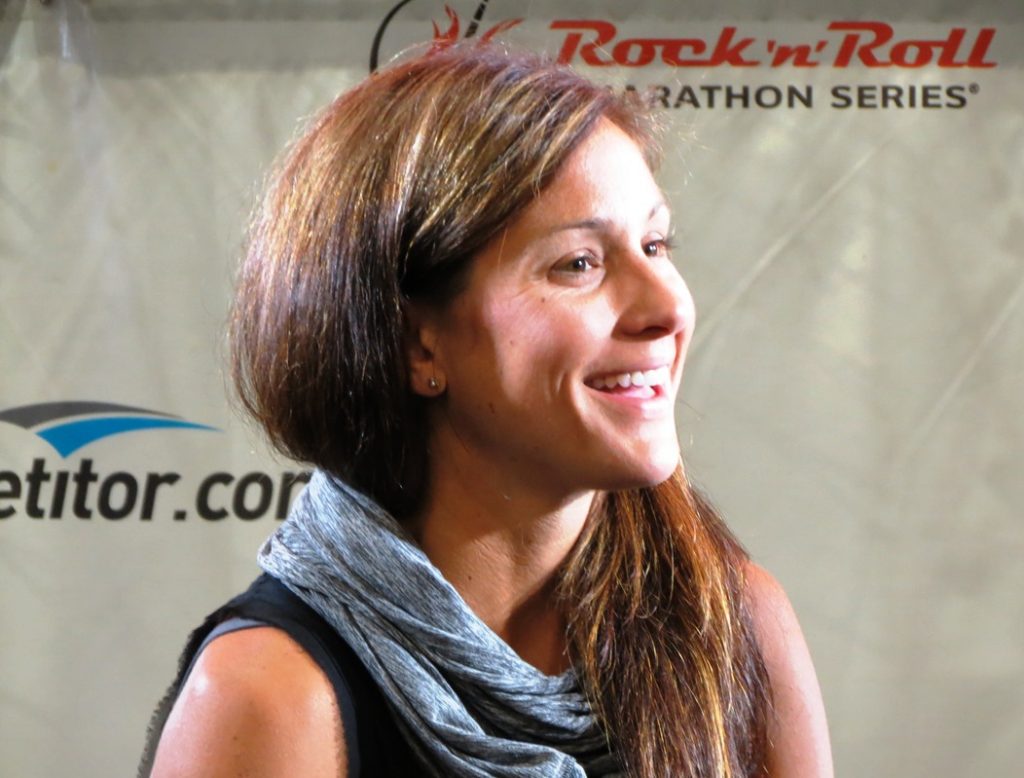
Meet pain head on
Hendrick Raamala said: “Pain doesn’t kill; the winner is the guy who resists pain and survives it.” In this quote it can be seen that Raamala doesn’t shy away from the knowledge that it will hurt. He wanted more pain: “More fire, more pain”. Goucher suggested that going hard until she “blows” is desirable. Haile Gebrselassie suggested that fighting pain is futile. In this regard the athletes embrace or accept the challenge of pain. It’s a sign that things are going as planned.
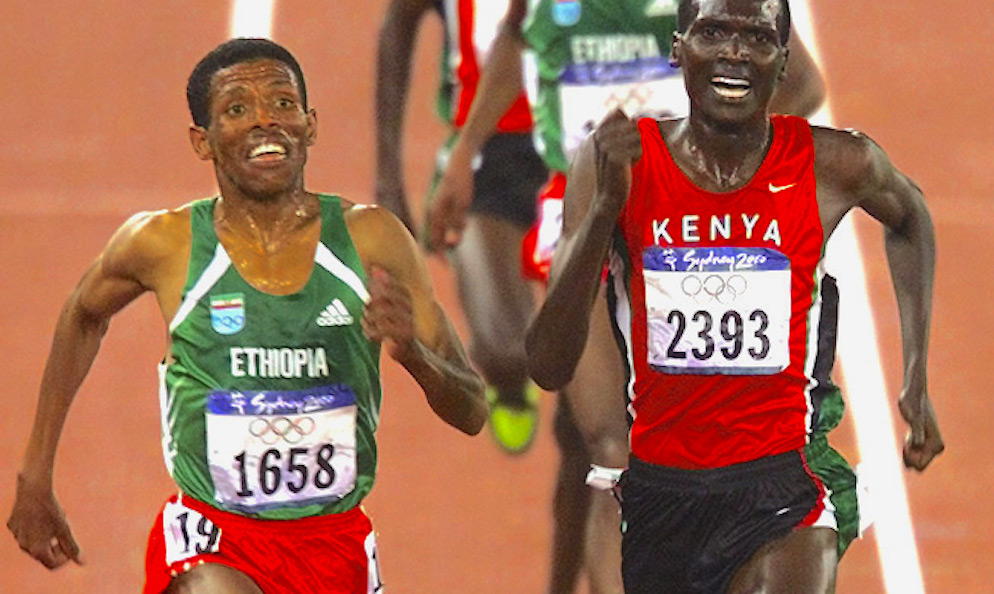
Positive psychology
Embracing or welcoming pain is a variation on positive psychology. If an athlete can change a negative (i.e., it’s hurting) to a positive (i.e., my competitors must be hurting more) then the pain is easier to manage. Moller exemplified this approach when she felt that her ability to manage pain was what distinguished herself from lesser athletes.
Social support
Dick Beardsley attempted to share the load of pain by working with his competitors and training partners. This is probably most effective in training but there is a lot to be gained from encouraging others through the tough times.
Make light of the pain
When we joke about the “wall”, “bonking”, “going lactic”, “smashing ourselves”, etc. we are putting a psychological distance (no pun intended) between ourselves and the pain. Giving a name or joking about the pain helps us make the pain seem less real.
The final thing I took from reading about these athletes is that they all mentioned the benefits of practicing their strategies in training and racing over many years.
We all know about the pain that Sally Pearson has overcome to win her recent word title. I am certain that athletes such as Jessica Trengove, Genevieve LaCaze, Eloise Wellings, Patrick Tiernan, and Ryan Gregson overcame significant pain to compete at the London World Championships. The seemingly routine pain these athletes manage, almost daily, doesn’t look as thrilling as a Joel Selwood ankle or Dermott Brereton rib but is equally brave.
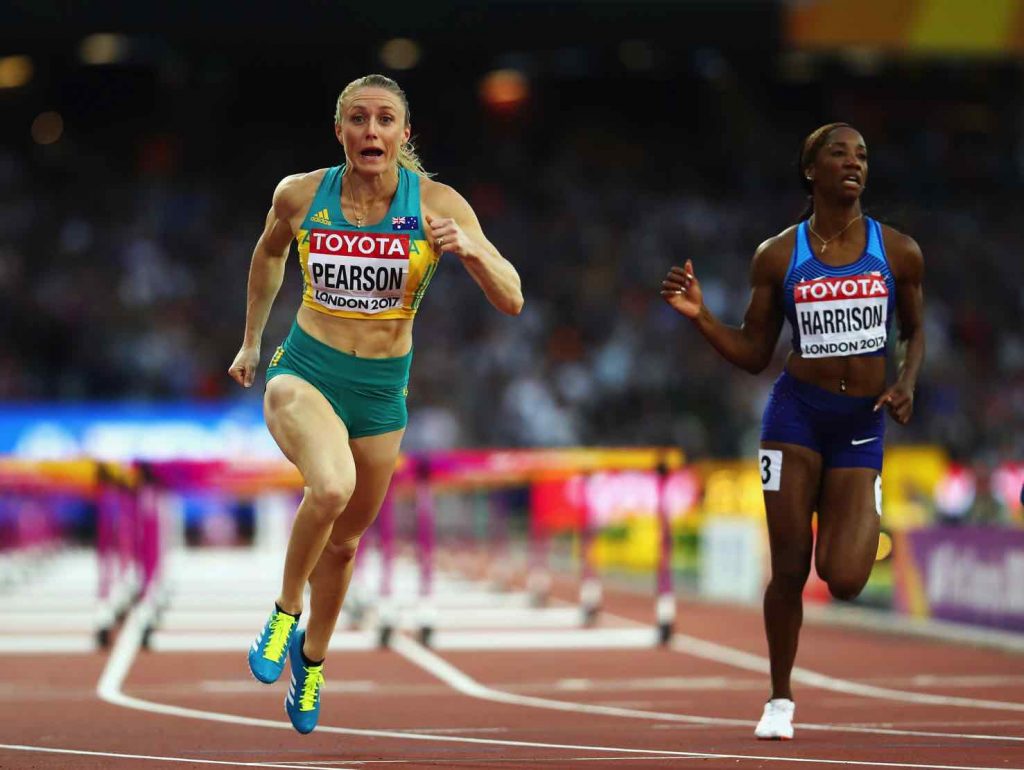
About the Author: RT columnist, Daniel Quin has run numerous Zatopeks, National XC’s, has raced in a Chiba Ekiden, and won a state 5000m and 15km title. In “retirement” he did a marathon. It hurt! He still runs a fair bit. Professionally Quin is a teacher and psychologist, and researching student engagement- Click Here to Learn more. But the best bit for Quin is being a Dad.
Read part 1 here -> https://www.runnerstribe.com/features/injuries-pain-and-worry-article-by-daniel-quin/




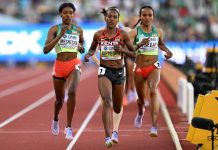


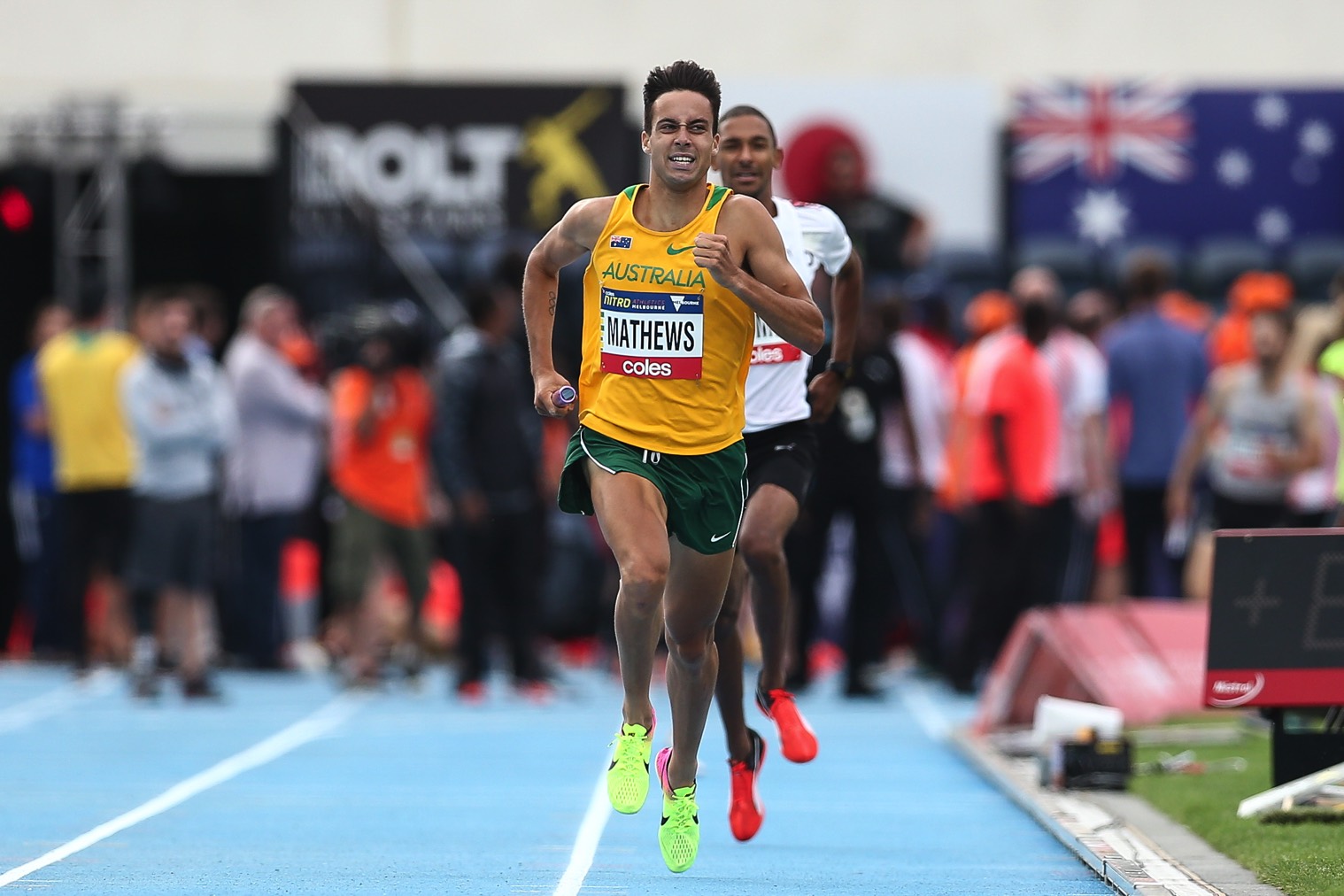






















Comments are closed.